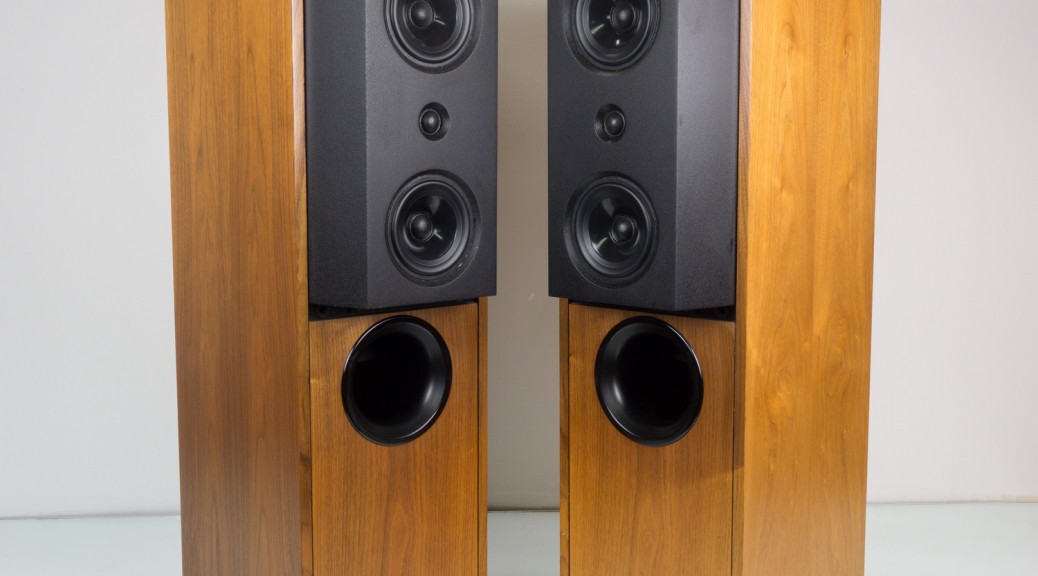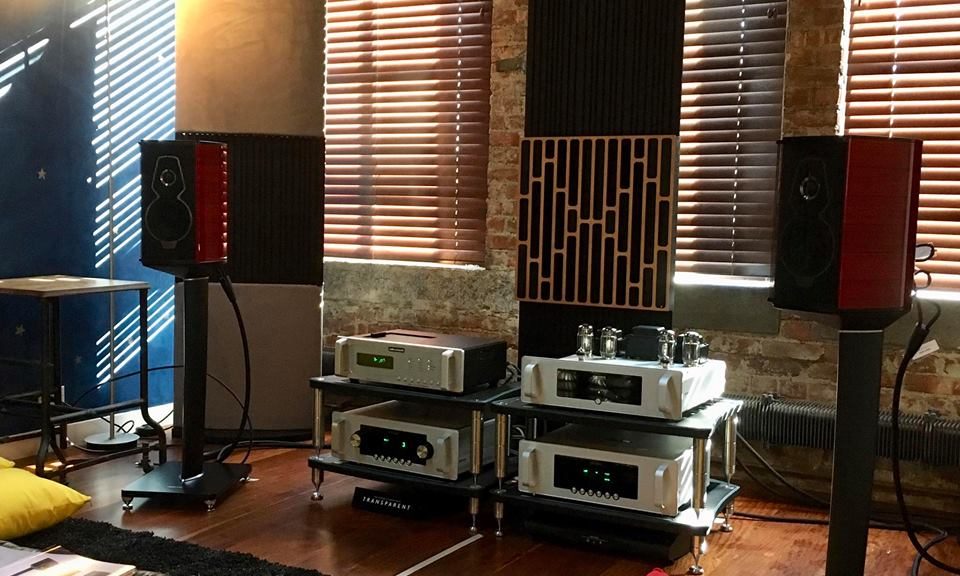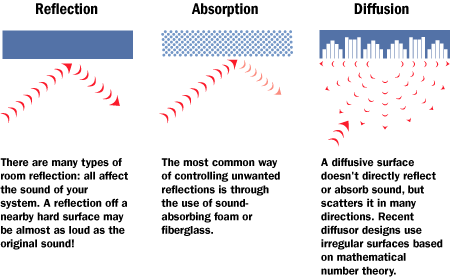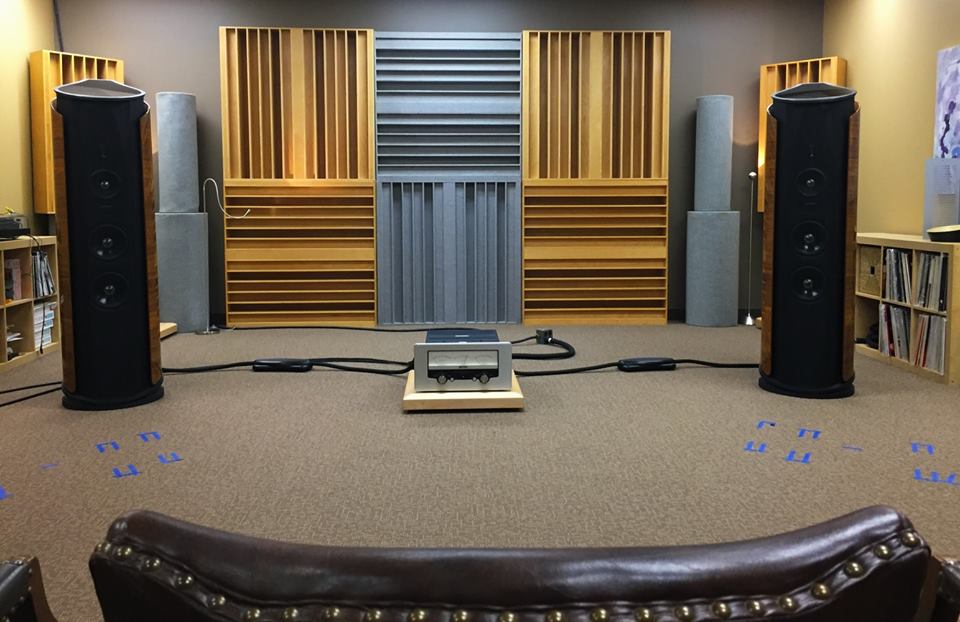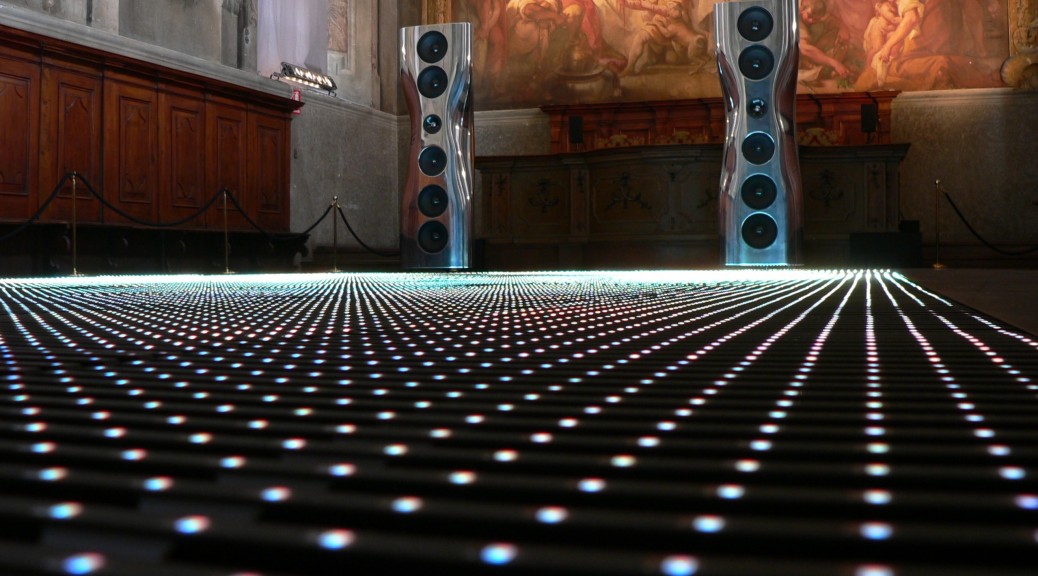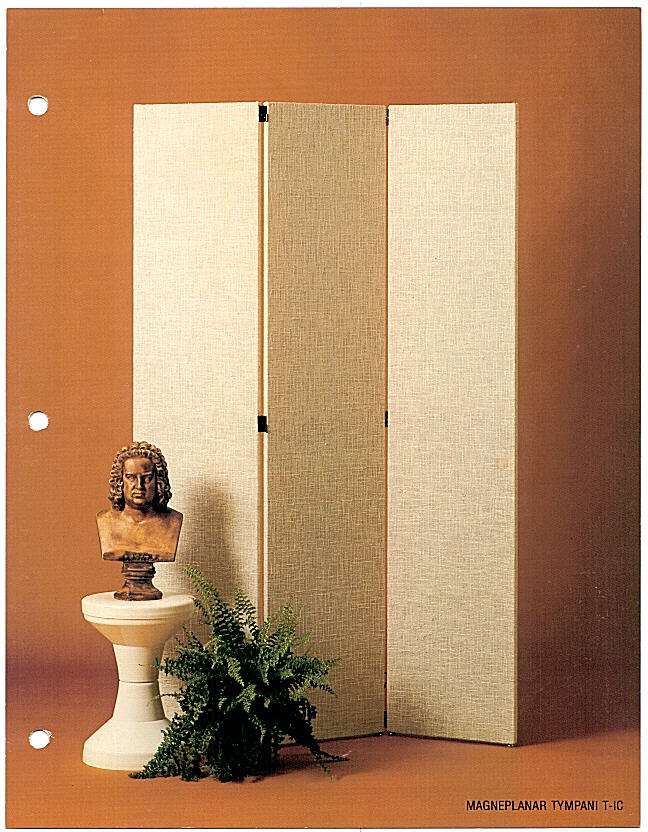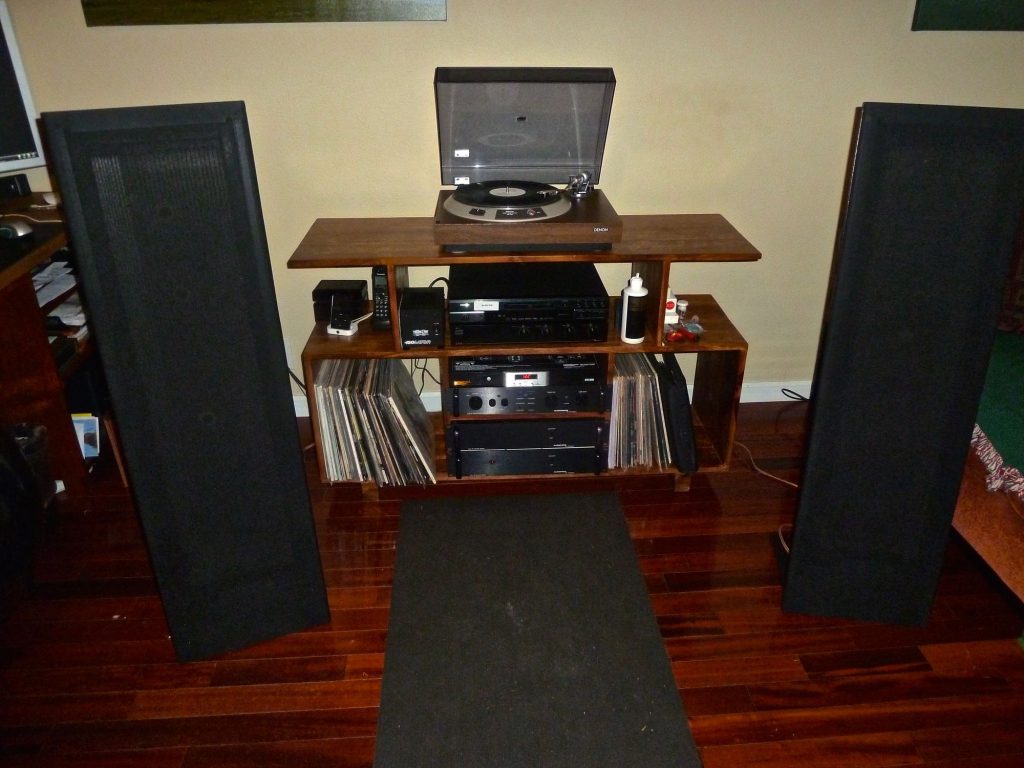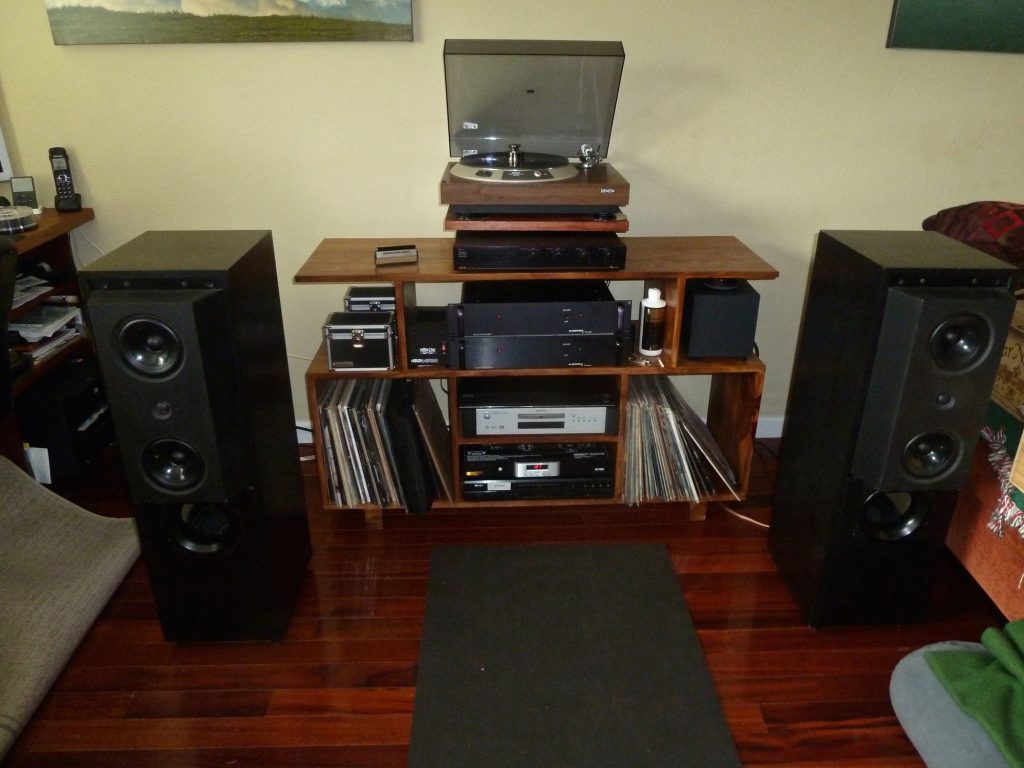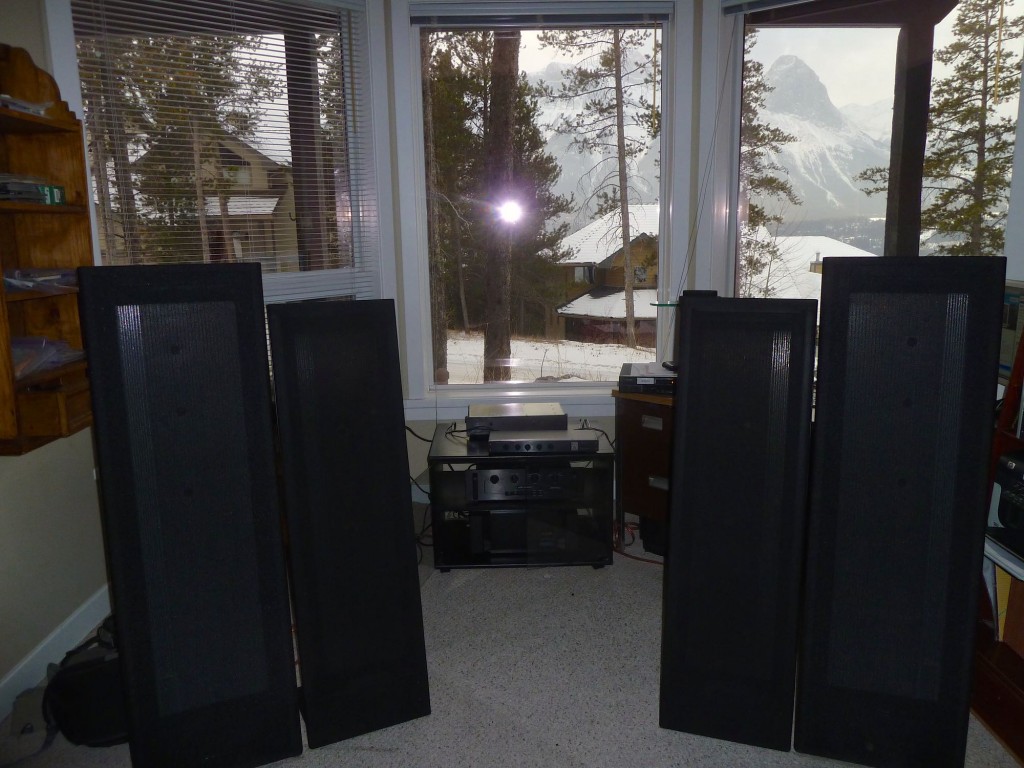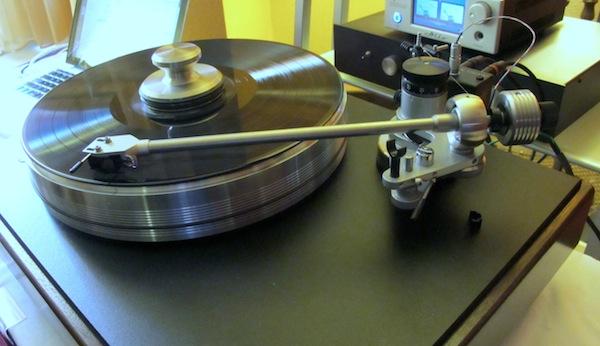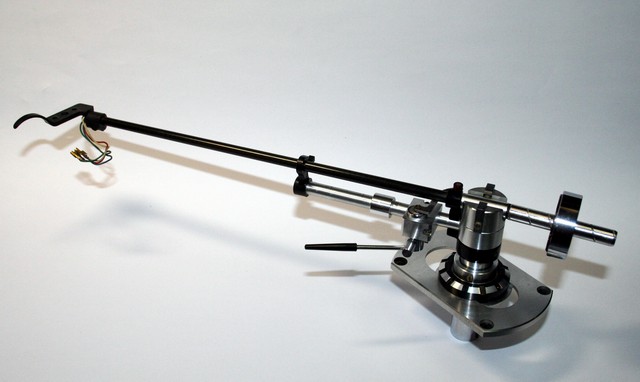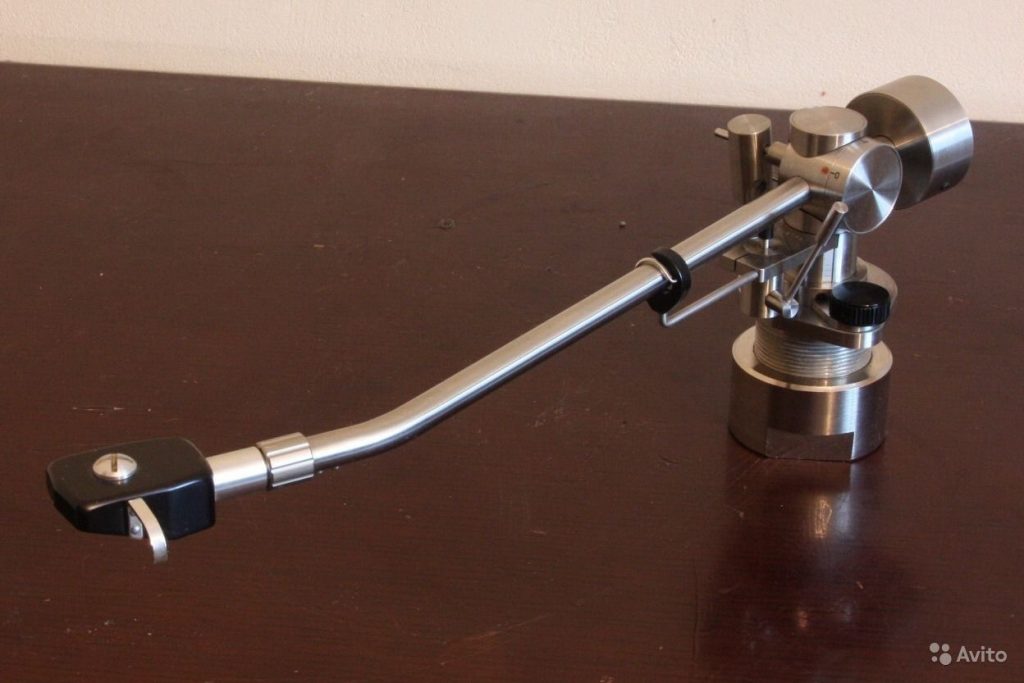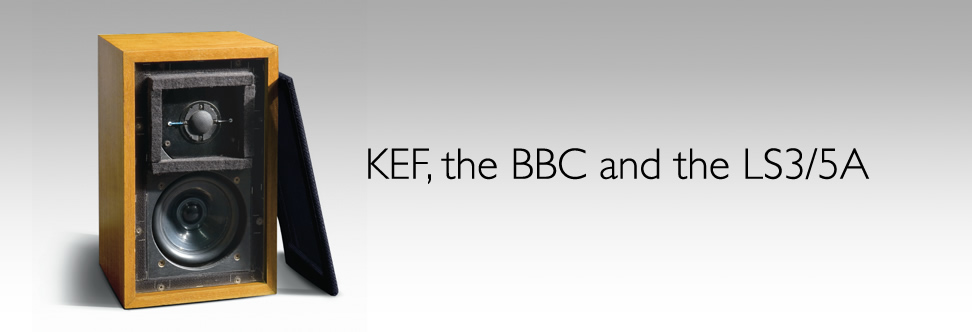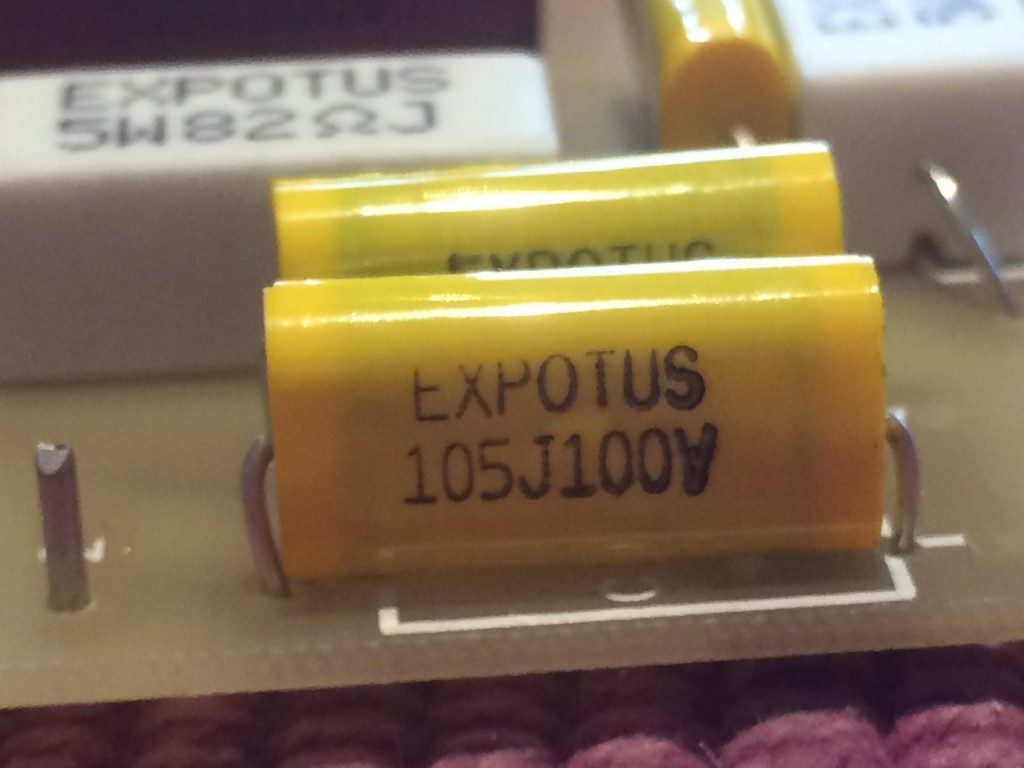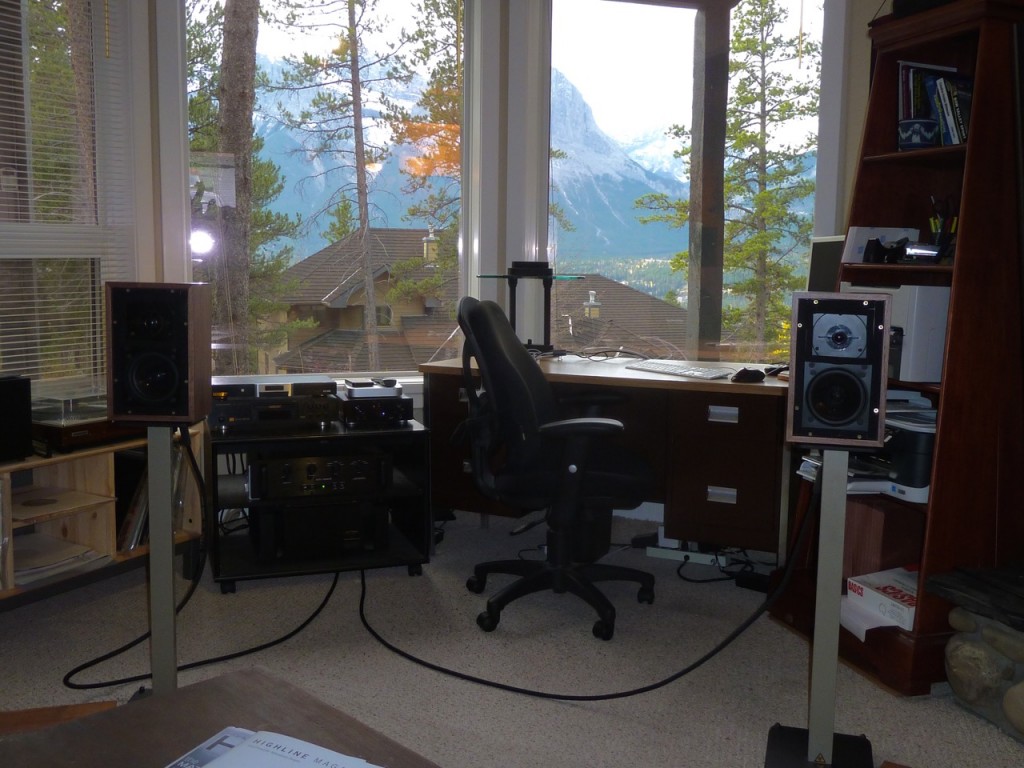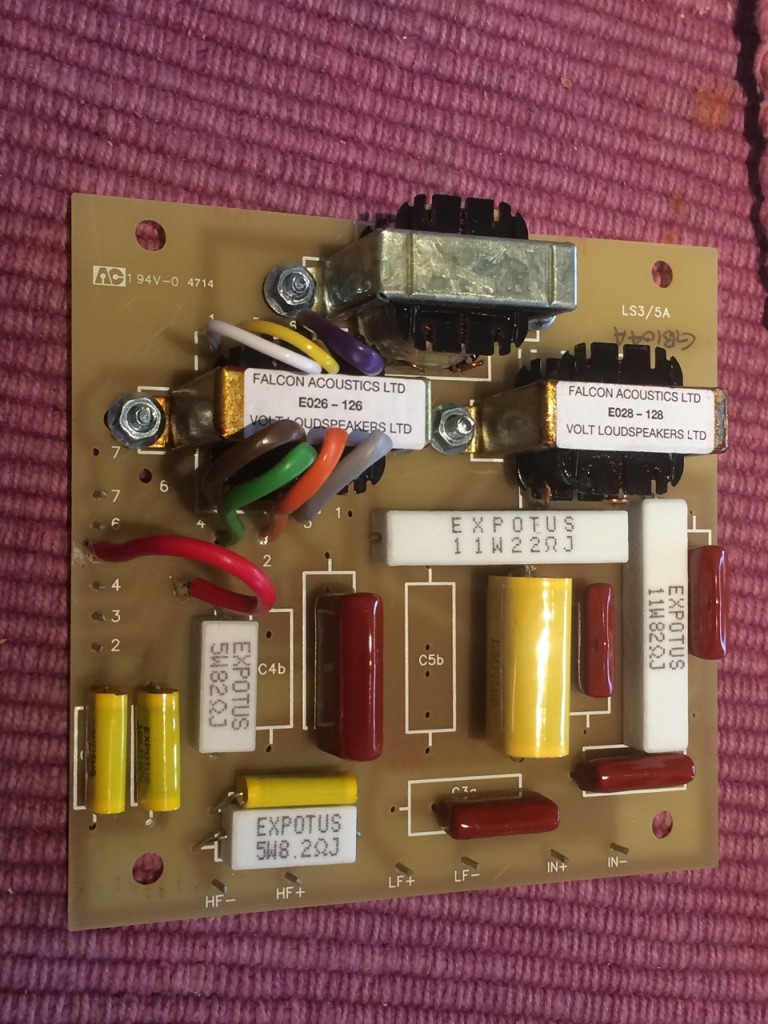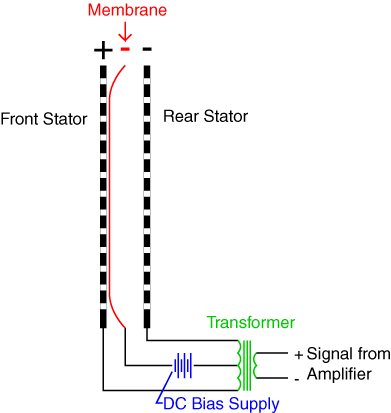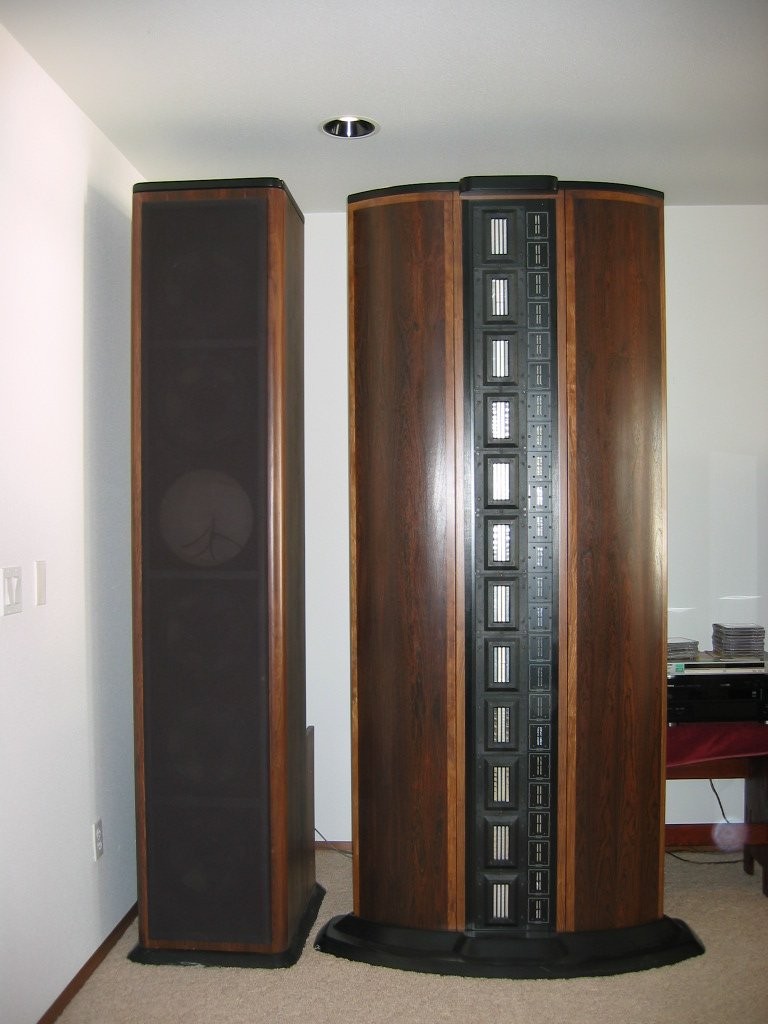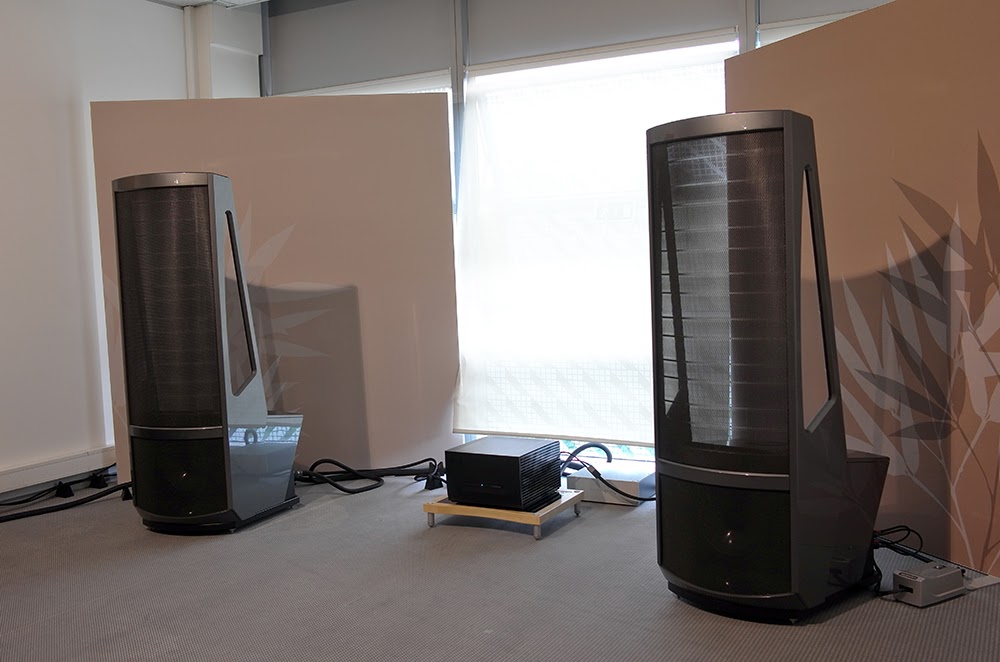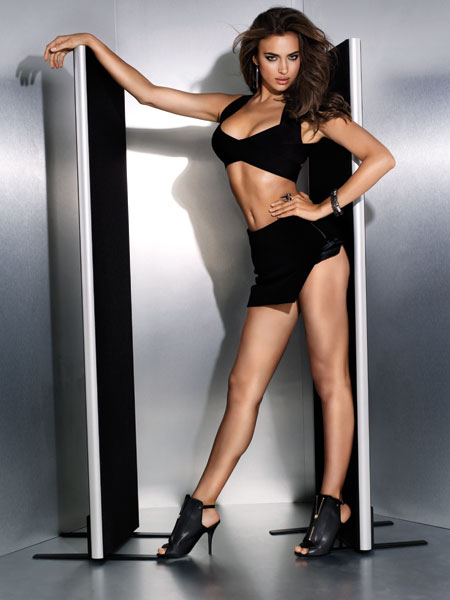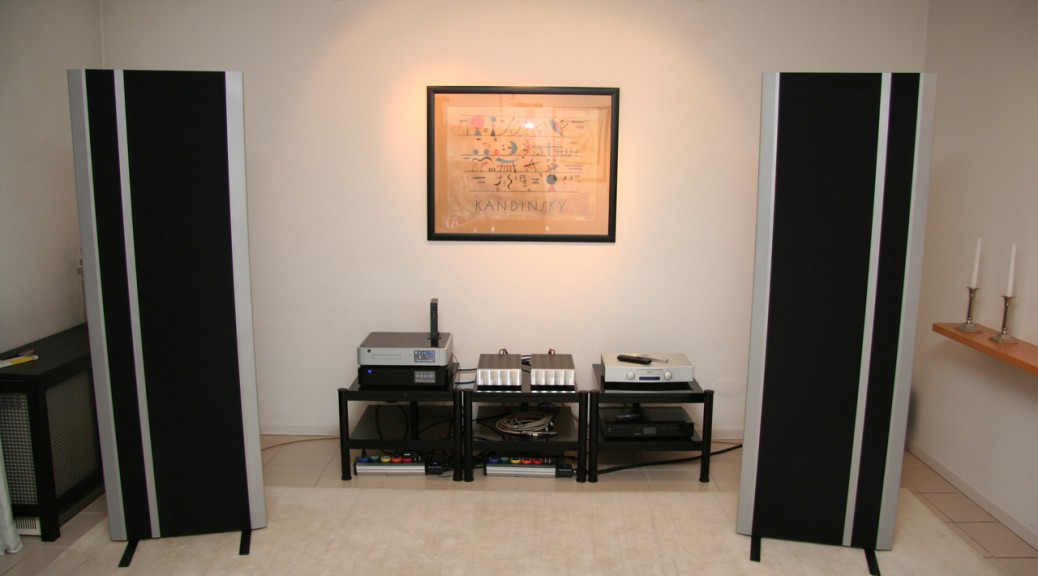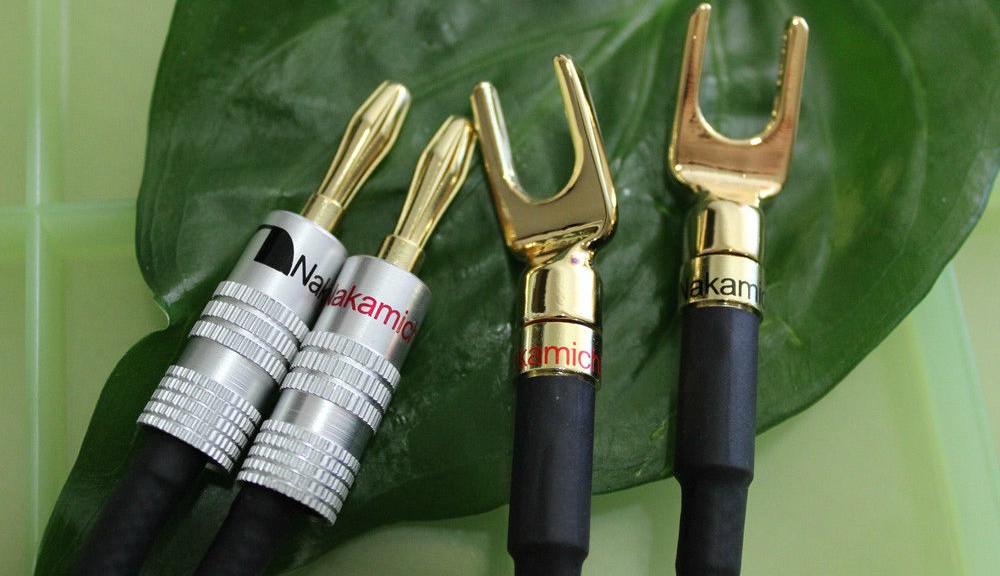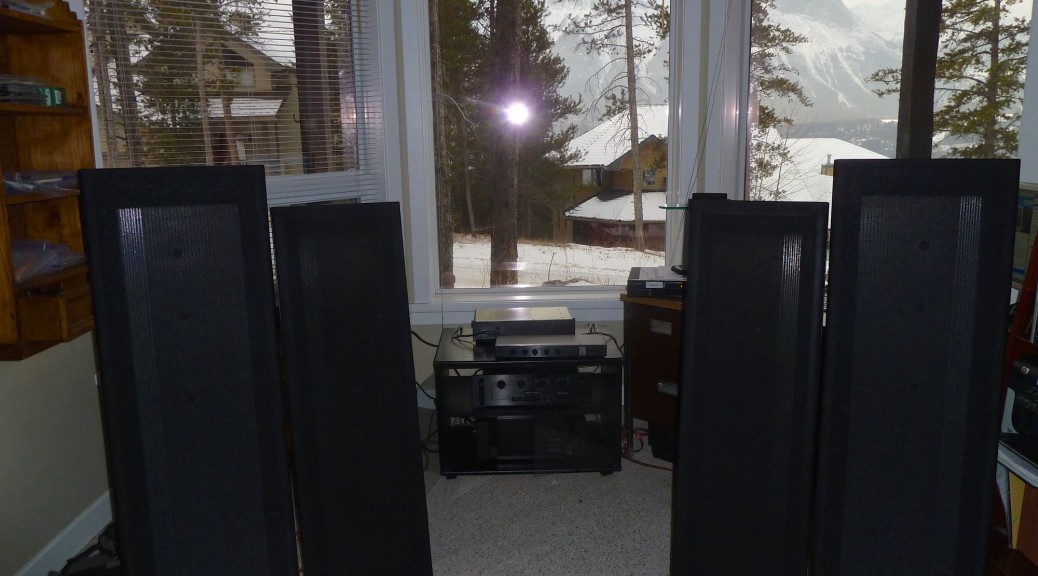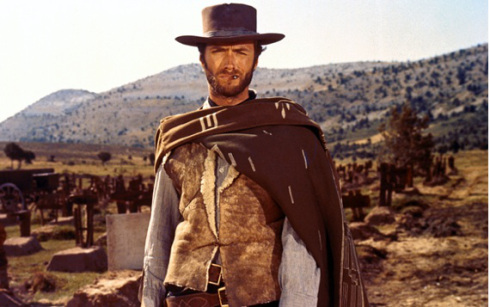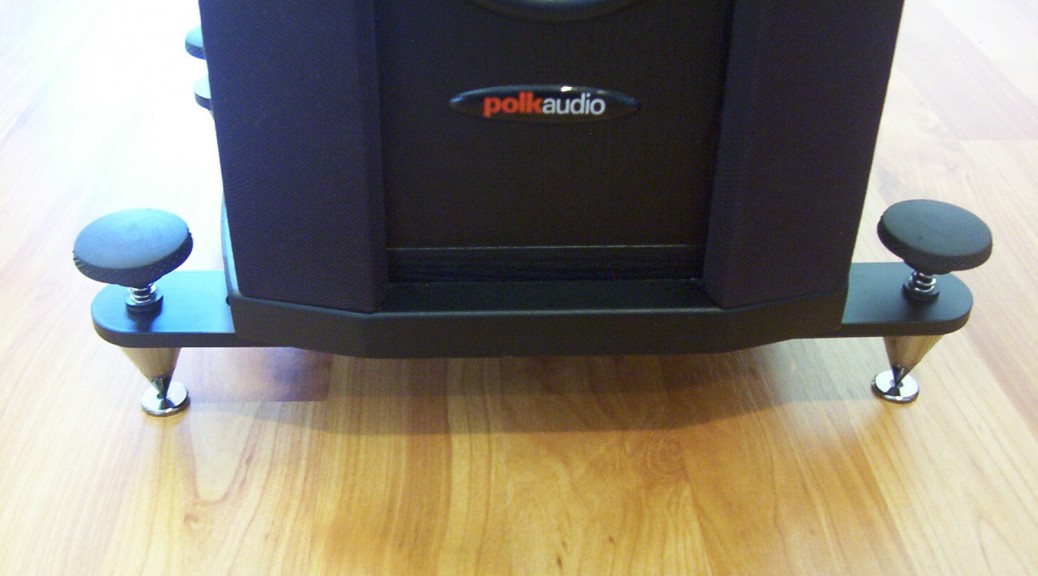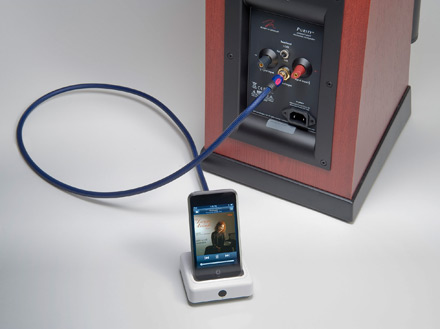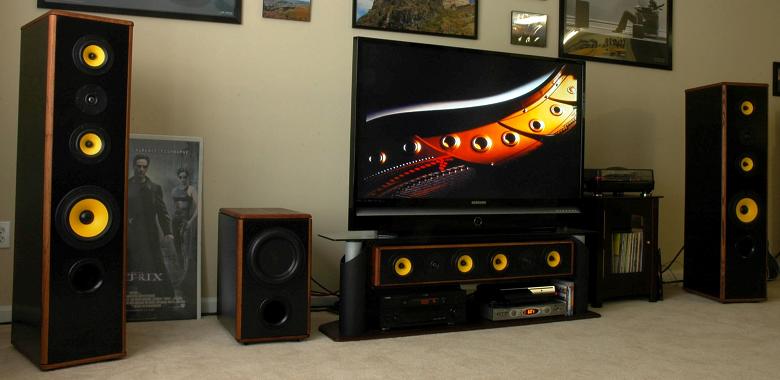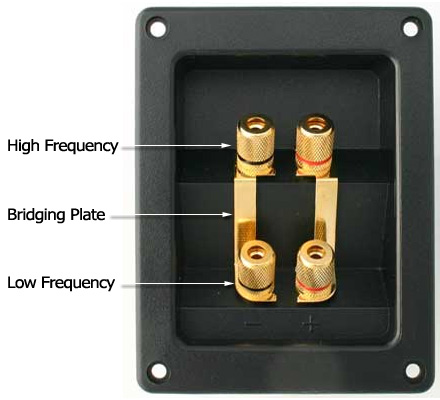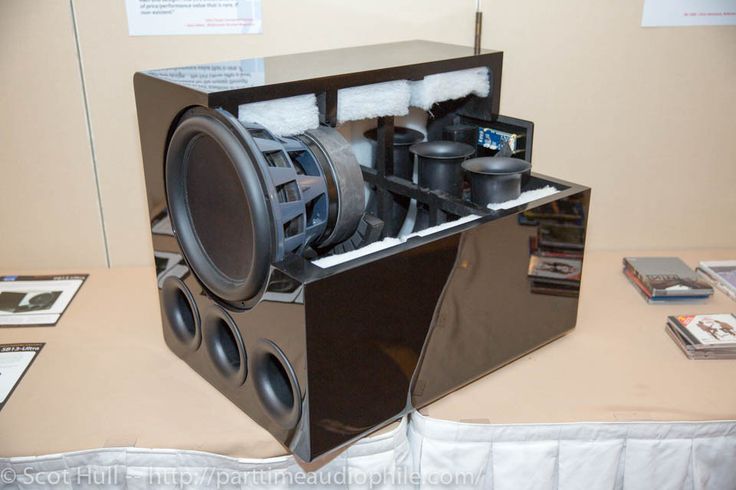Even newcomers to the world of high end audio usually realize that when purchasing speakers, they need to find the right power amplifier to drive them. But when listeners shop for power amplifiers their main criteria is typically “watts per channel” and “total harmonic distortion” (THD – The THD wars. Why lower distortion often doesn’t equal better sound quality) and when they shop for speakers they often look at their power handling ability and/or what their rating is in “Ohms”. If speakers are rated for X watts/channel and they buy a power amplifier that is rated to produce X watts/channel than everything must be good in the world, right?… As usual, the specifications that are thrown around the most don’t tell the whole story.
So what do you look for when shopping for a power amplifier to drive the speakers you’ve chosen for your listening room and musical tastes (Why do speakers need to be matched to room acoustics?…)? Start by looking at the basic physics involved. If you have very large planar panels such as ESLs (Electrostatic Loudspeakers) or “Maggies” (In a nutshell, the big Maggies (3.7Rs) are a fantastic speaker, but are very dependent upon room acoustics) you are gonna need a massive, high-current power amplifier to move these panels. Why? Because these speaker designs do nothing to help with efficiency in creating sound waves, such as horn loading for mid and high frequencies and/or box enclosures with a tuned bass reflex port or transmission lines for mid to low frequencies. They are engineered for complete, no-compromise accuracy and the room is the speaker enclosure (Planars… The room is the enclosure). When you think of it in this context, the enormity of the task at hand becomes apparent, especially for larger rooms. It’s no wonder you will need a colossal power amplifier (or two – Horizontal bi-amping with non-matching amplifiers and Why bi-amping isn’t always what you may think) to make your chosen speaker “sing”. I’ve got modest sized Maggies (MG-12s) in a small and efficient listing room in Canada and still often drive my 70 pound, high current Nakamichi PA-7 (The Nakamichi PA-7 power amplifier) to the verge of clipping whenever I feel like “cranking it”.
Loudspeakers with a low “Ohm” rating are known to be difficult to drive, but how does this explain why the Rodger’s LS3/5As (What is it about the Roger’s LS3/5A?…) which are rated at 15 ohms and are very small “bookshelf” speakers will make a power amplifier sweat far more than a pair of 4 ohm large, floor standing Kef 104/2s (The Venerable Kef 104/2)? The answer is it doesn’t, there is far more to the story. In this case the 104/2s are a relatively efficient loudspeaker in spite of their large size and the LS3/5As are notoriously inefficient in spite of their small size.
Some speaker manufacturer’s have decided the power amplifier/speaker matching for you by including power amplifiers in their designs. Meridian is well know for this, for example. While this is a good approach in theory, it often falls short in execution and it limits the listener to their particular choice in speaker drivers. As far as I know, there are no self-powered planar loudspeaker designs for example, perhaps because the high-current power amplifiers required to drive them are so massive and usually tip the scales at well over 50 pounds each.
While planar speaker designs require massive power amplifiers, large but efficient speakers such as the Kef 104/2 can be driven nicely by a 70 watt-per-channel, 40 year old, small and relatively light Audionics of Oregon CC-2 (The Audionics of Oregon CC-2. More distortion, more better.) with aplomb. Why?… In part due to the high slew rate of this little beauty but also a synergy of sorts. Where specifications fail, listening tests come into play (listening tests vs. test measurements). Being far more subjective, it is the only way to be certain you have a good match for your listening room and music tastes. As such, demo your chosen power amplifier at home when ever possible. Failing that, try to audition it powering exactly the same speakers you own in a listening room that matches those in your home as closely as possible.
More techy details can be found at: http://www.sengpielaudio.com/calculator-AmplifierLoudspeakerAndOhm.htm


